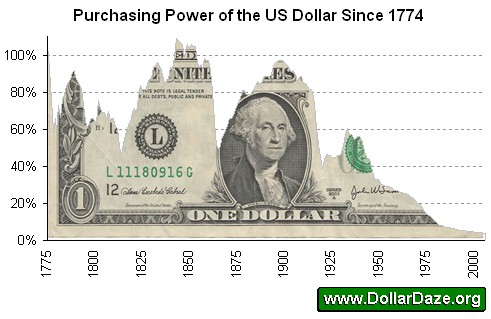by Bill Bonner – Bonner and Partners.com:
We ended last week wondering what had gone wrong: How come the 21st century has turned out to be such a dud?
Where are the jaw-dropping new inventions? Where are the rising incomes? Where is the dynamic, sizzling economy we expected?
Back in about 1963, we recall trying to picture ourselves in the 21st century. The rate of progress then was so fantastic we had to stretch to imagine it.
Every year, Chevrolet, Ford and Chrysler put out a new and better automobile. In 50 more years, surely cars would be regularly flying through the air!
In 1969, Neil Armstrong walked on the moon. It was just a matter of time before we had a colony there… from which we could explore the solar system.
Then in 1970, the pocket electronic calculator appeared. Half a century later, imagine the condensed knowledge and computing power we would be able to carry around.
Aging Economies
The only one of those things that realized its apparent potential was the increase in computing power.
That has changed life on planet Earth. Now, instead of talking to your neighbors in the elevator, you can keep your head down and focus on your smartphone.
We’ve seen couples in restaurants who never talk among themselves – each fiddled with their iPhone through the whole meal.
Is that progress or what?
Since the 21st century began, the average US household has lost income. Bummer.
Why has this happened?
One answer we proposed to readers of our new monthly publication, The Bill Bonner Letter, was that three of the leading economic zones – the US, Europe and Japan – have come to be dominated by old people.
But that explains only a part of it… and probably not the major part.
Stopping the Future from Happening
The other reason is that government is always reactionary.
It protects existing voters from those who haven’t been born yet… existing wealth businesses from entrepreneurs… and the past, generally, from the future.
Much of the blame for this flop of a century can be put on government and its cronies in the private sector.
At this suggestion, apologists for big government point out that government spending, as a percentage of GDP, is scarcely higher now than it was in the 20th century.
But today, much more of the private sector has been crony-ized.
Since 1960, the number of rules, regulations and taxes has soared.
As we showed last week, far fewer new businesses are being started now than were in the 1960s.
This is partly because a high wall of regulation, designed to keep out competitors, protects existing businesses.
Chock-a-Block with Cronies
The “security” industry is obviously a government affair – dominated by large, entrenched cronies.
But so are businesses in finance, health care, housing and education. They are not exactly married to the feds… but they are so close they spend almost every night in each other’s arms.
When you buy a house, for example, it is considered a private sector transaction.
Fannie Mae, Ginnie Mae and Freddie Mac mortgages don’t show up as government spending.
But the US government created and operates them. And these three “government-sponsored enterprises” are responsible for about 95% of mortgages issued in the last three years.
Banking, medicine and schooling – even at the university level – are so dependent on government rules and government money. And they are so chock-a-block with cronies, that they might as well be government itself.
And take a company such as GE. It is supposed to be in the business of power generators and airplane engines and other major industrial innovations.
But prior to the crisis of 2008, it worked fiddle and bow with the feds to play the government’s distorted yield curve… and then, when that gig was up…. it was saved by more direct federal bailouts.
You can read the whole sordid story at David Stockman’s excellent website, Contra Corner. (Stockman was President Reagan’s budget adviser before quitting in disgust over the administration’s profligate spending.)
In short, after 1960, the economy came to be more controlled by people who were more interested in protecting current wealth than in producing more of it.
Central planning led to a decline in growth rates throughout the rest of the 20th century. The rate of innovation slowed.
What we are seeing in the 21st century is proof of our dictum: The real role of government is to look into the future and prevent it from happening.
Article originally posted at Bonner and Partners.com




